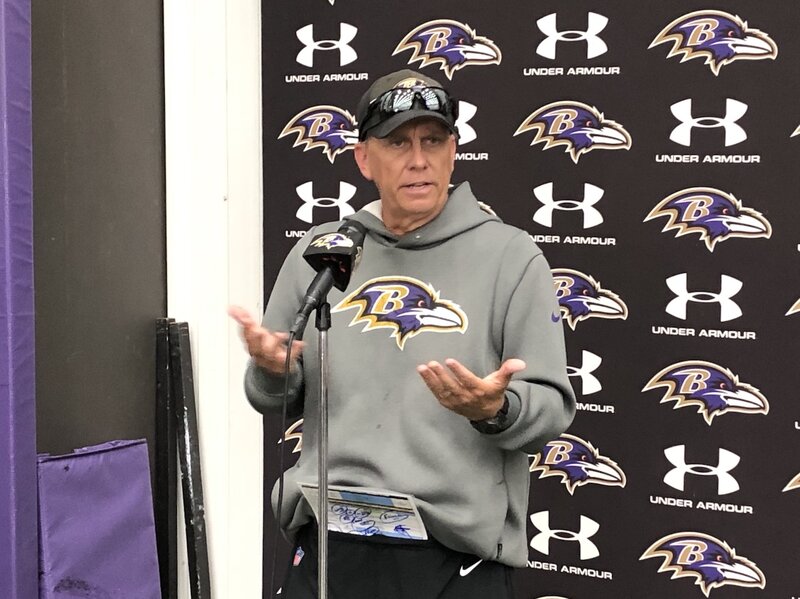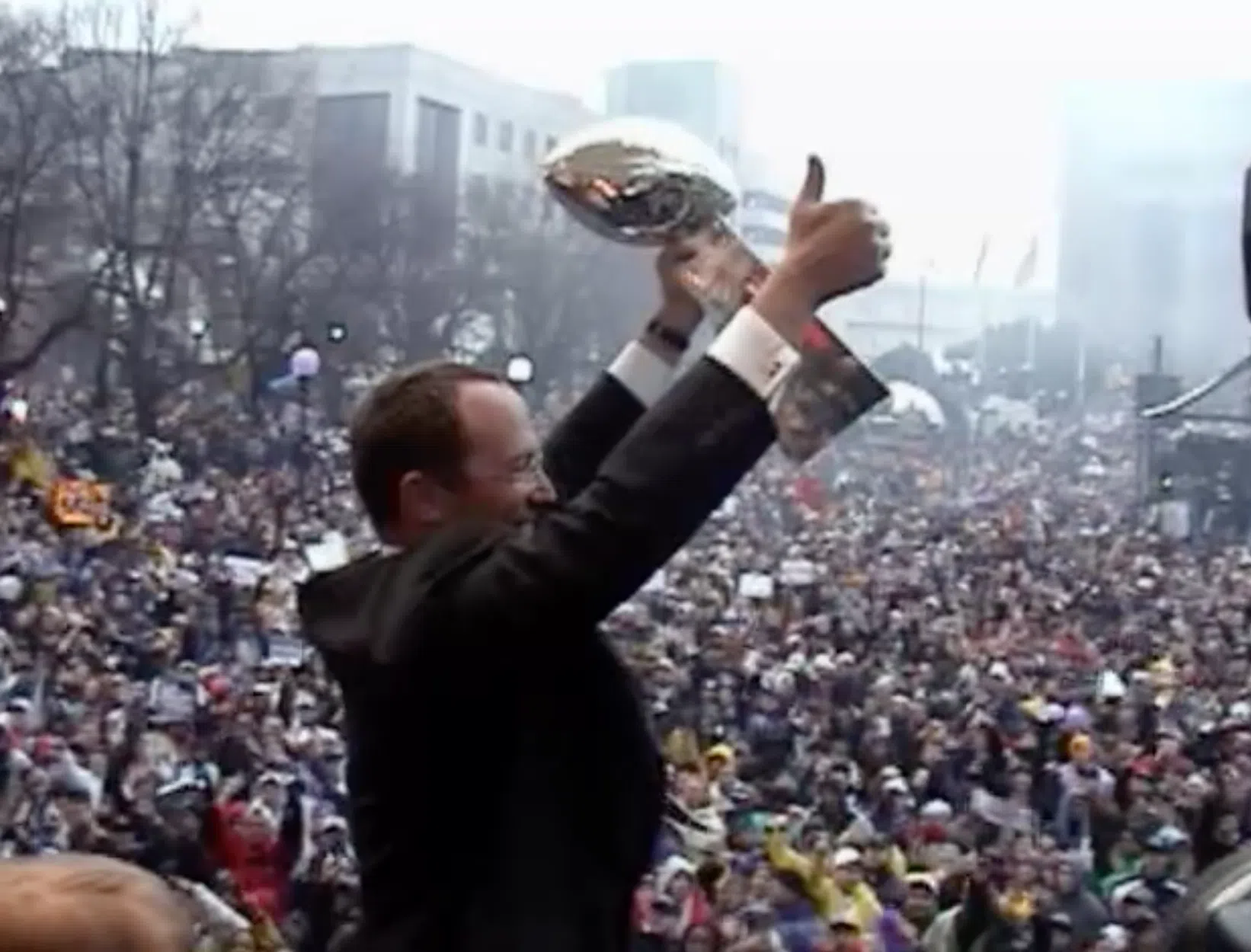No one around here is used to the feeling.
With the Orioles hovering right around 10 games above .500 in late June for the first time in seven years, the question has been asked for several weeks and becomes louder with the Fourth of July just around the corner.
Should they be buyers at the trade deadline to not only aid in their push to produce their first winning season since 1997 but also augment the dream of postseason baseball in Baltimore?
We all know the realities.
Entering the season with few expectations, the Orioles continue to play over their heads – statistically speaking, anyway – despite injuries leaving them with one true starting outfielder and a rotation with only two consistent starting pitchers on which to depend. On paper, Baltimore doesn’t pass the eyeball test of a club that’s supposed to be in contention or even entertaining the thoughts of buying at the deadline.
But they’re still right there, creating a difficult but enjoyable decision.
A shallow farm system has few attractive pieces beyond blue-chip prospects Dylan Bundy and Manny Machado. The possibility of dealing the likes of Chris Tillman or Xavier Avery or even lesser talents makes for fun discussion on talk radio and message boards, but opposing teams aren’t parting with impact players without trying to improve in their own right — even down the road. Second-tier prospects still have value, but there isn’t much in the system to really get other clubs salivating beyond Bundy, Machado, or infielder Jonathan Schoop.
To make matters worse, the introduction of a second wild card in each league this year has predictably increased the number of teams believing they have a chance to play in October if they can add a talented player or two for the final two months of the season. Entering Thursday, only seven major league teams were more than six games behind the second wild card spot in their respective leagues.
As strange as it sounds considering the second wild card gives teams like the Orioles a greater chance to taste the postseason, it could also work to the club’s disadvantage in trying to make trades.
The deadline is more than a month away, but it’s all but certain to be a seller’s market with fewer teams considering themselves out of the race and ready to dangle valuable commodities. Contending teams with deep farm systems and a willingness to add payroll will see the best potential deals at their disposal.
So, where does this leave the Orioles?
In order to acquire any notable commodities at the deadline, the Orioles will likely need to take on expensive contracts or two-month rentals. They’re not trading Bundy or Machado and would have to receive something special to part with Schoop. The playoff possibility in 2012 isn’t strong enough to justify selling off their top prospects and turning blind eyes toward the next few years when it seems like the Orioles finally have components of a solid-to-good team on which to build with a potential ace and an impact shortstop in the not-too-distant future.
As dissatisfying as it might sound to fans after waiting the last 14 years for a winning product in Baltimore, executive vice president of baseball operations Dan Duquette should allow the next four weeks to play out before deciding to do anything of note.
Some have argued the Orioles will fall out of the race by late July if they don’t try to add players now, but doesn’t that simply support the idea that they’re not ready to be true contenders? There isn’t a single player in baseball the club might add who would be dynamic enough to prevent the potential struggles that would cause them to fall out of contention over a month’s time.
The Orioles have done it for 2 1/2 months, so it isn’t unreasonable to ask for another month of solid play before making a decision to try to pull the trigger.
But let’s pretend the Orioles can remain where they are and stand roughly 10 games above .500 on July 20.
Then, you have to try to make a trade or two to better your club.
After 14 years of disappointment, standing pat would be a tough decision to defend and would send a deflating message to a fan base the Orioles are trying to rebuild after dramatic atrophy over the last decade. At the same time, even the most optimistic supporters of these 2012 Orioles would have a difficult time convincing anyone they’re serious World Series contenders, so some restraint is in order when trying to wheel and deal.
As the roster – and its current performance level — stands now and assuming an early-July return by right fielder Nick Markakis, I can’t envision the Orioles staying in the thick of the race for six months without the addition of at least two starting pitchers and a left fielder. Considering the current state of the farm system and keeping 2013 and beyond in mind, that just isn’t happening.
But some improvement could come from within.




























